
The regime closes Daraya’s file.. killing, destroying, burning down and then displacement

Printed Edition ‖ Daraya ‖ No.: 236
With a tragic snapping shut that blew various Syrians’ minds away, Daraya ended the last chapters of challenge and resistance. The place that embraced the “white revolution” and “maintained its pure essence for five years away from the distortion of” the fatuity of “supporters and their ideologies, and which became a security and political concern for the regime and his military formations, had fallen down overnight in the hands of Assad, after so many destruction and displacement.
Daraya’s fate reminded Syrian revolutionary activists of the destruction that befell the city of Al-Qusayr in the western countryside of Homs three years ago. This city was emptied of its residents and bought under the control of Lebanese “Hezbollah”. It also brought to mind the forced eviction of the old neighborhoods of Homs two years ago, after a long siege and shelling that destroyed most of the city; we also see something similar in the city of Zabadani to the northwest of Damascus, which might end up completely in the hands of “Hezbollah” and the regime alike. We do not know what cities will be targeted in the future.
While Enab Baladi was preparing this report on the afternoon of Saturday the 27th of August, the second (and last) bus left, with no soon return according to field facts. Idlib will become a new home for the fighters of the Free Syrian Army in Daraya, while the accommodation centers set up by the regime in the town of Harjala, Damascus will become a temporary shelter for around a thousand families.
[box style=”0″]
Five pieces of important information about Daraya:
- Daraya was subjected to the longest siege by the regime in the history of the Syrian revolution- 1375 days that began in November 2012 and lasted till the 26th of this August.
- The population of Daraya was around 255 thousand people according to official statistics in 2007. This number dropped to 7 thousand civilians and fighters by the 26th of August, 2016, before the city was fully emptied.
- Destruction rate in the city exceeded 95%, affecting most of its main landmarks and infrastructure. It is considered to be the only Syrian city that is completely destroyed by the Syrian regime.
- During the past three years, the city was subject to around six thousand barrel bombs; about 3500 in 2015 alone, not to mention the thousands of other types of bombs, cylinders and missiles. It received the highest rate of Assad’s barrel bombs in Syria.
- Daraya embraced a unique revolutionary experience; the local council formed a collective umbrella for all civil, military and security institutions in the city, creating a successful model compared to the experiences in the south and north.
This report was based on data of the local council in Daraya, as
[/box]
Why did things go bad in Daraya?
Those who were observing the events since the beginning of this year, and who also monitored the repeated calls of Daraya’s local council and activists to save Daraya before it was too late, were not taken by surprise by the forced eviction of its men. The Syrian regime’s policy of tightening the siege was persistent and unflinching, until it was able to close the city’s file in this way.
Earlier this year, Assad’s forces succeeded in fully separating the two cities of Daraya and Muadamiyet Al-Sham after some of the fiercest battles yet against the “Free Syrian Army”; this cut the food supplies to Daraya and left it besieged on all sides. At this time activists warned of regime plans to suffocate the city.
At the beginning of last March, Daraya witnessed a remarkable silence due to the truce agreement that included much of rebel Syria. However from the beginning of mid-May till the 25th of August, Assad’s forces resumed a fierce bombardment of the city from both air and land, marking the toughest period for the residents since the revolution began.
The last phase of Daraya’s siege could be named “sides’ biting”; the regime followed a pattern of daily but slow progress through the south and west axes. By the end of July, the regime had taken advantage of air cover and the preliminary shelling to occupy much of the agricultural land previously controlled by the Free Syrian Army. It then proceeded with tanks and mine sweepers, till the rebel areas had been reduced from 10 kilometers square (before the beginning of 2016) to less than 4 kilometers by the 25th of August. The intention was to gather the rest of residents in the city and its fighters in this narrow geographical area.
All of the above mentioned circumstances, along with a tight siege of Daraya, cramming the residents and fighters into destroyed buildings not suitable for living, and daily targeting with dozens of incendiary “napalm” barrels and cylinders, made living conditions and continued confrontation impossible. It was originally impossible before the last air and land campaign, as observed by Enab Baladi through publications of Syrian activists and politicians.
The international community… an accomplice in the crime
The international community, including the United Nations and the International Security Council, witnessed the emptying of Daraya’s residents, the illegal use of starvation as a weapon of war, and the indiscriminate air raids using prohibited incendiary and explosive bombs, yet did absolutely nothing; at which point, Syrian activists described the international community as “an accomplice in the crime”. Assad’s forces destroyed the big city and displaced all of the residents with no legal consequences to impede them.
However despite its inaction, the United Nation repudiated the compulsory displacement agreement, and its special envoy to Syria, Staffan de Mistura, expressed his sorrow for ignoring the repeated calls to break the siege imposed since November 2012. He asserted “the UN has not participated in the negotiations and was not consulted on the agreement”, stressing “the necessity of protecting Daraya’s residents in any kind of evacuation, and that such process should be conducted voluntarily.”
The institutions of the UN and the international community ignored the warning statements launched by civil society institutions in Syria, the last of which was this July. At that time around 95 Syrian human rights, civil and media organizations signed a joint statement, along with 250 Syrian activists and journalists, demanding an immediate intervention by the international community to save the besieged civilians of Daraya; however, no action was taken, and the result is what we see today.
This bias of the UN towards the Assad regime is not exclusive to Daraya- many towns such as Madaya, Zabadani, Al-Waer and more recently the eastern neighborhoods in Aleppo have been besieged, pushing their residents into starvation. All of that was simply met with timid condemnations, belittling in this way the largest international institution in the world in the eyes of Syrians.
The neighboring factions have a share of responsibility
The Shuhada Al Islam brigade, the most prominent faction in Daraya, falls within the Southern Front alliance in the Free Syrian Army, known to be the largest alliance of the opposition factions in the south of Syria. This alliance receives military support from the Support Coordination Unit affiliated to the “Friends of Syria” group, recently referred to as “Mock”; however, Shuhada Al Islam did not receive any kind of military or moral support from the rest of Southern Front factions to prevent the fall of Daraya.
The Southern Front controls large areas of both provinces of Daraa and Quneitra. They own good armaments compared to Shuhada Al Islam, who only have one tank seized from Assad’s forces, in addition to some light and medium weapons. Despite their relative strength, the Southern Front have not targeted Assad’s forces since the beginning of the year, instead engaging in battles against the Army of Khaled Ibn Waleed, a faction accused of being allied to Daesh.
A few kilometers south of Daraya, the opposition forces (Ahrar As-Sham, Fateh As-Sham) are positioned in the area called Khan As-Sheih, which also includes the towns of Khan As-Sheih, Zakye and the village of Deir Khabayh. This is a large geographical area compared to Daraya or the neighboring area of Muadamiyat As-Sham, yet has been relatively quiet with only one confrontation two months ago. Despite this there was no serious movement to relieve the pressure in Daraya.
According to activists the eastern factions of Ghouta also bear their share of responsibility for the fall of Daraya. The relative distance between the two Ghoutas had a small impact compared to the disputes between Failaq Ar-Rahman and Fustat Army on one hand, and the Army of Islam on the other. These clashes went on for around six months and made the Ghouta areas vulnerable enough for Assad’s forces to capitalize.
Thus, a group of internal factors enabled the Syrian regime to achieve its dream of regaining control over Daraya and expel its rebelling residents; these factors, according to Syrian activists and intellectuals we spoke to, included the silence and failure of the international community, the painful disarray of the opposition factions in the neighboring areas, as well as their state of fragmentation or dependence on outside forces.
[box style=”0″]
Statements
The emptying of Daraya of its residents and fighters, while the international community and the UN watched silently, had a severe impact on Syrian revolution activists, as well as the political and military opposition. Other Arab intellectuals and politicians had their own opinions on this pivotal event.
“The regime and his allies celebrate saying; we have won in Daraya. No, you have not! You have starved the people of Daraya to death, and if you were able to prevent the air they breathe, you would have done that.”
Saudi journalist, columnist and author Jamal Khashoggi
“The world has conspired against the Syrian people, leaving Daraya alone to face, fight and resist the alliance of hell coming from all sides… Today, Daraya is the red square of the oppressed people, while other squares are those of tyranny and oppression.”
Lebanese Parliament member Walid Jumblatt
“Daraya became legendary for its steadfastness and will continue to be so. Daraya’s spirit will travel through its fighters to prevail in the ‘bigger’ Daraya; all of Syria.”
Syrian opposition and intellectual Burhan Galyon
[/box]

Some children in Daraya in Damascus countryside before leaving the city in August 27th, 2016 (Enab Baladi)
The civilians of Daraya forced to another siege… Idlib is the destination of Daraya’s rebels
The first groups of people coming from Daraya arrived in the town of Harjalla near Damascus, where they are going to be sheltered in centers established by the regime; they will stay there until all of the residents included in the agreement arrive, before being sent to other areas according to their wishes.
However, activists have expressed fears over the destiny of these residents, especially in relation to the sheltering centers managed by Assad’s forces. The lack of independent oversight leaves the fate of around a thousand families entirely at the mercy of the regime, since the United Nations and its office in Damascus have renounced the whole agreement, as previously mentioned.
On the other hand, Daraya’s fighters are heading towards Idlib, which will be their new dwelling place, after being displaced from their city. The Army of Islam camps, adjacent to Turkey’s borders, were their first stop, till they gather again after the arrival of all of the buses.
There is no precise count of the numbers of Daraya’s fighters, however, Enab Baladi’s sources in the city suggest around 700 fighters, with a majority in the Shuhada Al Islam brigade, and the Miqdad ibn Amr brigade affiliated to the Islamic Union of As-Sham Jund. It is not clear whether these brigades will amalgamate into one of the Northern Syrian formations, or if they will keep their own identity.
This recent action by the Syrian regime follows a trend of evicting fighters and residents through siege and displacing them to the province of Idlib. It started with the fighters of Hama at the beginning of 2013, followed by the people of Zabadani city in the northern west countryside of Damascus a couple of months ago. It was almost recently repeated with Qudsaya’s fighters. This begs the question: why is the regime evicting opposition fighters and displacing them to Idlib?
The most likely answer is that the regime’s intention is to cram the greatest numbers of opposition fighters into one geographical area, far away from the capital Damascus and other cities, so as to delineate the borders of “useful Syria.”
Daraya was finally assassinated by Assad and his local and regional associates. Today, after its residents left it forcibly, it has become a destroyed city with no soul. It might become the home of strangers, as Assad has done recently in Damascus and its surroundings; this is part of a policy of forcing demographic change to provide a secure “waistband” for the capital. A few minutes before leaving Daraya, its military leader Abu Jafaar Al Homsi wrote; “We only leave Daraya to come back again, after we go to Damascus first. We will enter Damascus before Daraya by Allah’s will, accompanied by Al Ansar in the north.”
[box style=”0″]
What next after Daraya?
Taha Al-Rahbi
The Syrian regime was working on fortifying Damascus and building defensive lines around it. However, the regime would not have been able to overthrow Daraya were it not for that “corrupt” truce it signed with the leaders of the revolutionary factions in Horan and the east and west Ghouta.
The regime has succeeded brilliantly in dispersing the rebels inside the country and neutralizing the majority under the excuse of the truce it signed with the factions on both Ghouta and Horan fronts. The leaders of these factions signed the truce without considering the wider political and military consequences or strategy.
As a result of the truce many of the opposition fighters in these factions, who were civilian volunteers, demobilized and went back to work; however the regime elements are only engaged in the regular army so this left them with a numerical advantage.
The truce was followed by a cessation of arming and stock provision by supportive parties. There was also a partial calmness and a return to normal life in those cities, as a result of the cessation of aerial and artillery shelling, the situation preferred by the residents to the previous one, after suffering for the past five years of killing, destruction and abuse. These residents will be a pressure factor in the hands of the regime, in case any of the fronts decided to go back to fighting.
The fall of Daraya is considered a great achievement by the regime, seeking to fortify Damascus. Its next destination will be Modamiyet As-Sham and Khan Al-Sheih to guarantee a complete fortified Damascus from Daraa’s side- something that has been planned for quite some time. After this the regime will head towards Qudsaya and Al-Hame in order to secure those areas, the same way it did in Daraya.
The regime will gradually apply the second, third and fourth phases; it is expected to try and win some factions in the north and the two Ghoutas, by tempting them to come back “home” in return for certain compromises. At the same time, the regime will work on spreading division among rebel factions, which already suffer from this spirit, to encourage them to fight amongst each other. That has happened many times before, as a prelude to attacking them and gain new territory; in this way the regime can achieve all it aspires to, unless we learn from our mistakes.
[/box]
if you think the article contain wrong information or you have additional details Send Correction
النسخة العربية من المقال
-
Follow us :
Most viewed
- Hidden aspects of Iranian consulate building targeted in Damascus
- Reduction of Fifth Corps: Pressure on Moscow reflected in Syria
- AANES receives first batch of Syrian refugees deported from Iraq
- Syrian coast and Golan join the "Three Regions Document"
- Five injured in suicide drone attack by regime forces west of Aleppo

















 A
A
A
A
A
A
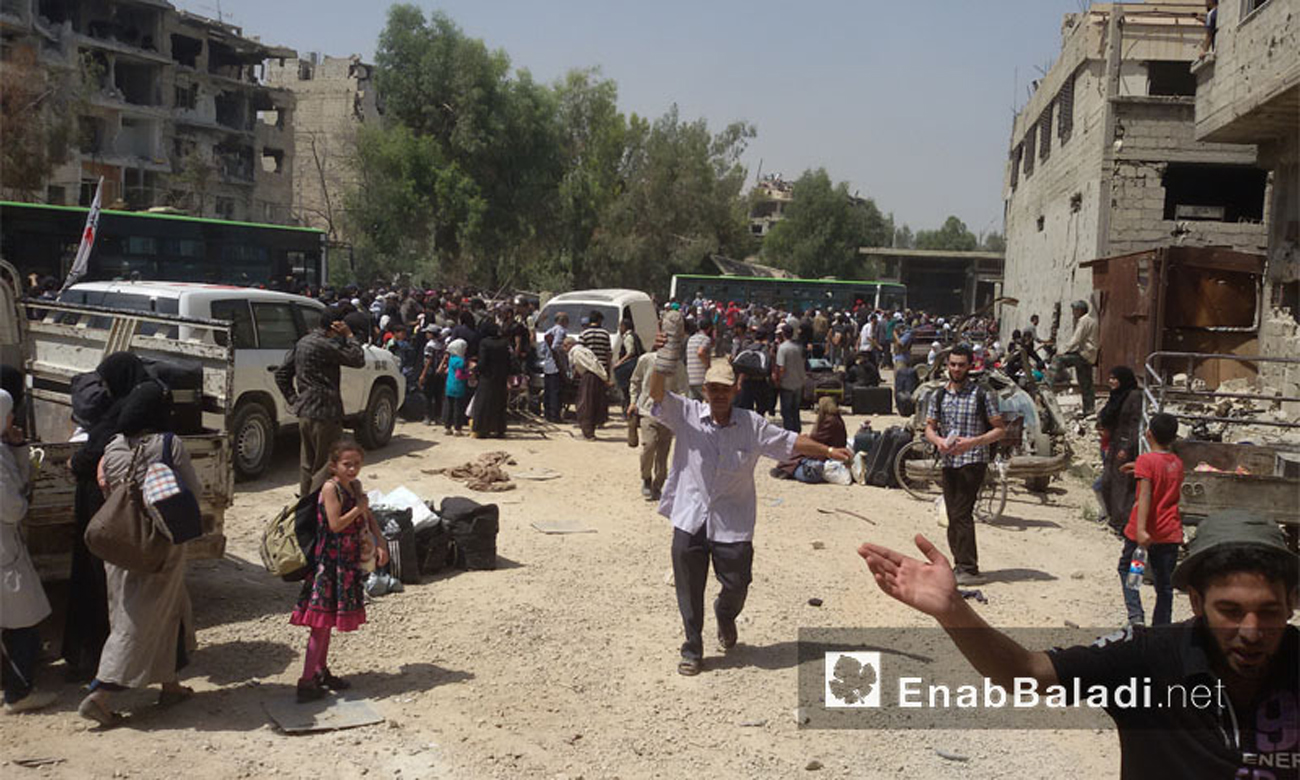


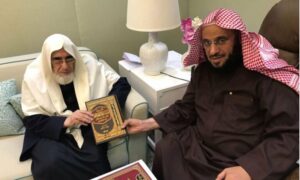
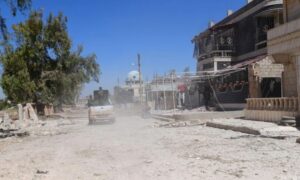
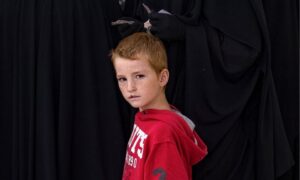

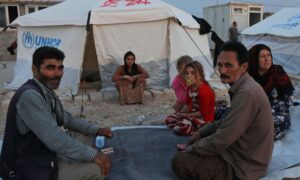
 More Politics
More Politics